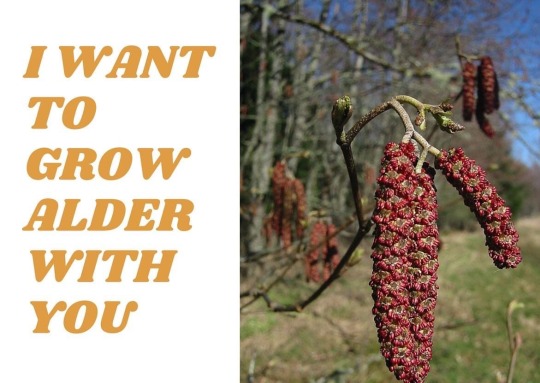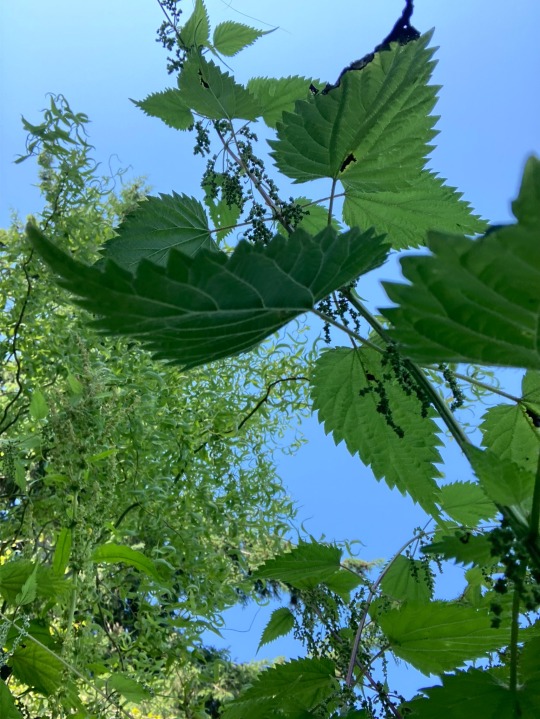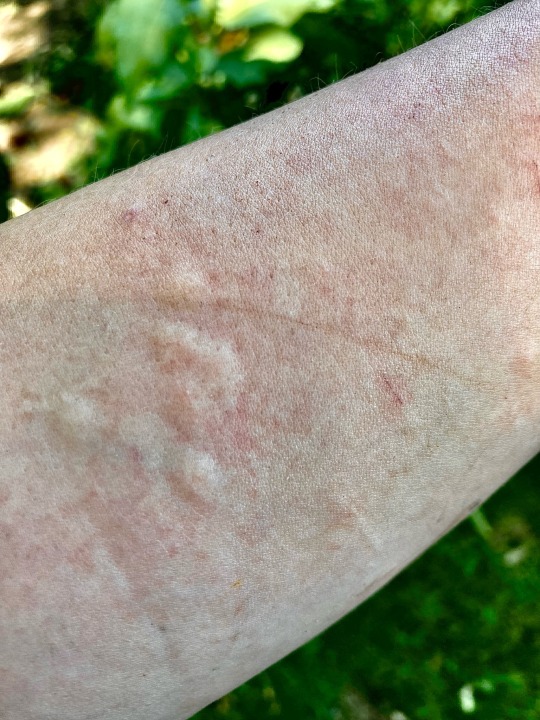Text
Valentines from the Washington Native Plant Society, Central Puget Sound Chapter
They have an instagram: wnps_cps

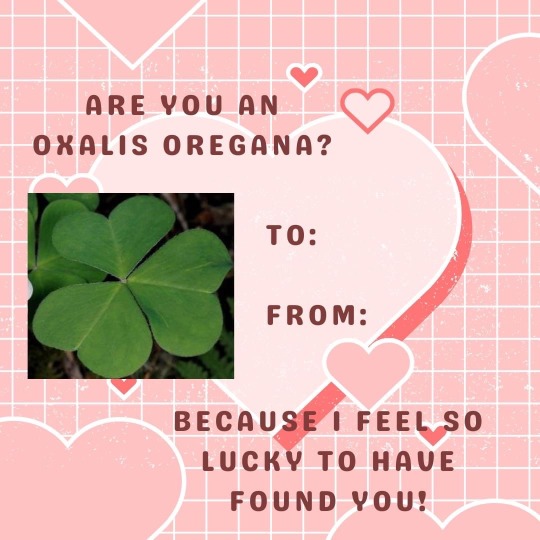

6 notes
·
View notes
Text
Valentines by the National Association of State Foresters
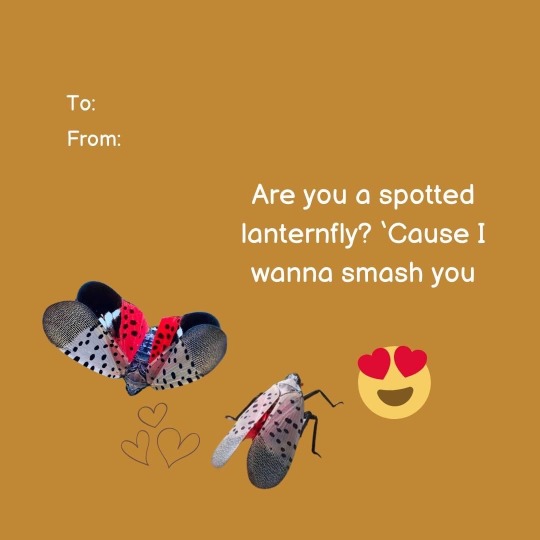
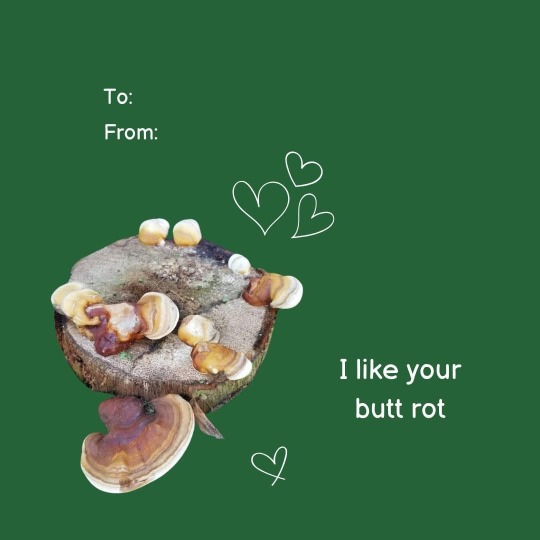
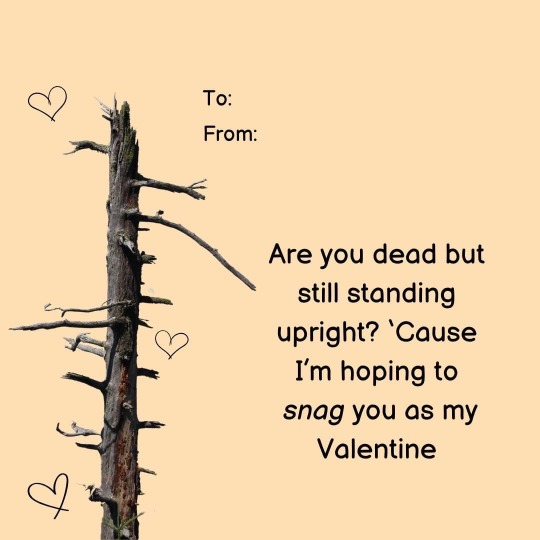
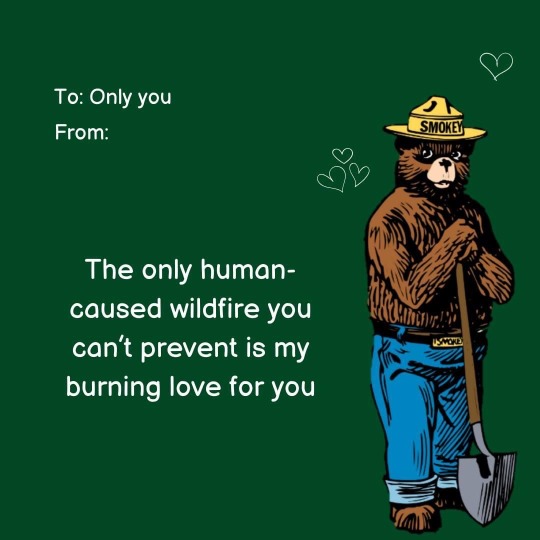
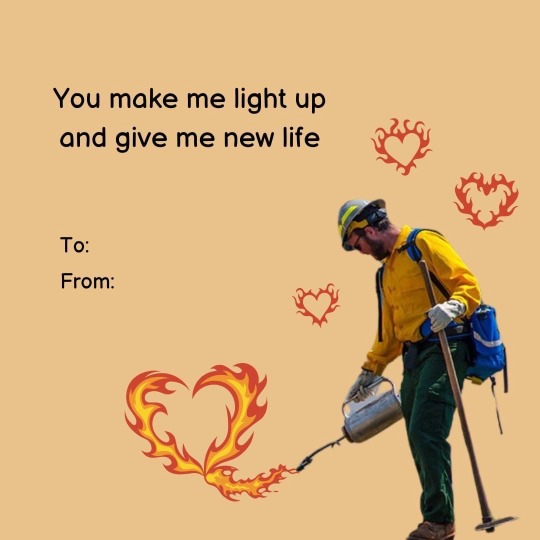
15 notes
·
View notes
Text

This illustration about insects was published by the French newspaper Le Petit Journal in the 1860's. The work was done by P. Meaulle.
413 notes
·
View notes
Text
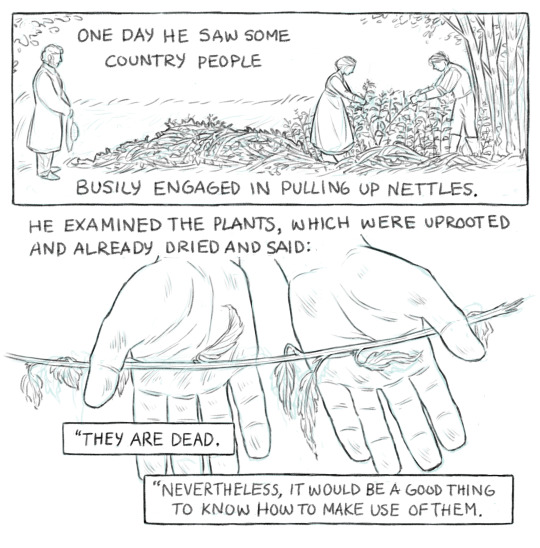


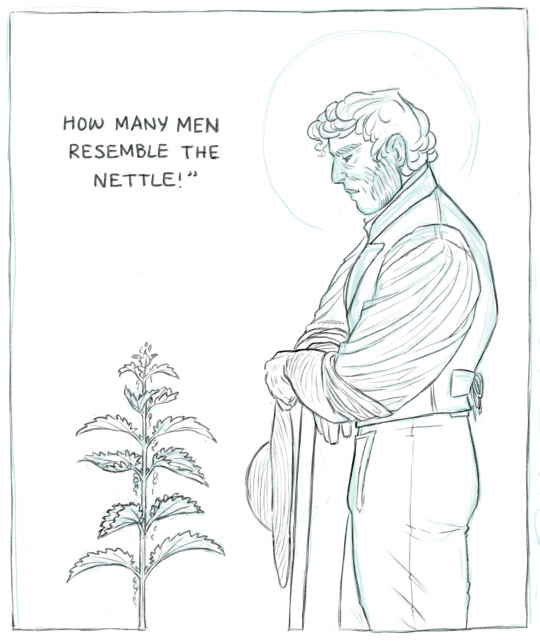
He added, after a pause: “Remember this, my friends: there are no such things as bad plants or bad men. There are only bad cultivators.”
Les Misérables, Volume I / Book V / Chapter III, trans. Hapgood
44K notes
·
View notes
Photo

Happy #FossilFriday! A close evolutionary cousin of the famous horned dinosaur Triceratops, Styracosaurus had a husky body, with stout legs supporting a barrel-chested torso. It also had huge spikes sticking out from its frill, the bony collar that projects rearward from the skull. See Styracosaurus up close in the Museum’s Hall of Ornithischian Dinosaurs!
Photo: E. Louis/ © AMNH
#fossils #paleontology #dinosaurs #amnh #nyc (at American Museum of Natural History)
https://www.instagram.com/p/CiSR8WirQG_/?igshid=NGJjMDIxMWI=
327 notes
·
View notes
Photo
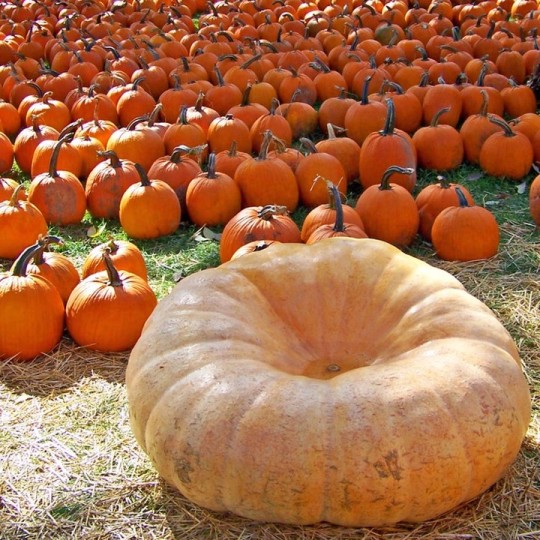
🎃‘Tis the season for pumpkins! What better way to kick off October than with facts about the beloved orange fruit?
🍁The flowering plants that bear pumpkins are native to the Americas and are part of the family that includes watermelon, cucumbers, and zucchini. As angiosperms, pumpkin plants rely heavily on insects like bees to help transfer pollen from male flowers to female flowers. Pumpkins come in all sizes and can grow quite large. In 2021, a farmer in Tuscany, Italy, showcased a 2,700-pound- (794.5-kilogram-) pumpkin—the heaviest one to date—at Italy’s Lo Zuccone (the pumpkin) championship!
Photo: David Wagner, CC0 1.0, PublicDomainPictures
#pumpkin #fall #FunFacts #nature #dyk
https://www.instagram.com/p/CjNpH5zLjGQ/?igshid=NGJjMDIxMWI=
257 notes
·
View notes
Text

🎃What’s the best way to kick off October? With pumpkins, of course! Did you know that pumpkins are fruits? The flowering plants that bear pumpkins are native to the Americas and are part of the family that includes watermelon, cucumbers, and zucchini. As angiosperms, pumpkin plants rely heavily on insects like bees to help transfer pollen from male flowers to female flowers. Pumpkins come in all sizes: In 2021, a farmer in Tuscany, Italy, showcased a 2,702-lb- (1,226-kg-) pumpkin—the heaviest one to date—at Italy's Lo Zuccone (the pumpkin) championship!
Photo: Linnaea Mallette, CC0, Public Domain Pictures
437 notes
·
View notes
Text
youtube
Before bats, before birds, before pterosaurs, a dragonfly-like insect was probably the first thing to fly on Earth. They also happen to be our host Jessica Ware’s all-time favorite insect, both because they’re impressive predators and evolutionary innovators.
Join host and entomologist Jessica Ware to find out why dragonflies are the strongest flyers in the insect world—reaching speeds of up to 30 mph and among the few animals that can hover. Then, follow scientists into the field to discover what mapping the dragonfly family tree is revealing about incredible insects. The series is produced for PBS by the American Museum of Natural History.
98 notes
·
View notes
Text
☄️This week in space news! Where will you be watching the Geminids Meteor Shower from? Here are some tips, no matter where you are.
255 notes
·
View notes
Text
youtube
🐞 Beneath ladybugs' charming spots and vibrant colors lie…killer instincts. They’re effective predators and sometimes agricultural allies in their hunger for plant pests like aphids. In the latest episode of Insectarium, join host and Museum Curator Jessica Ware to find out how the delicate dance of predator-prey interactions in the insect world could help protect our crops and gardens. Ware is joined by Penn State entomologist Sara Hermann, who is investigating how ladybugs’ “perfume”—the chemical cocktail that makes up their odor—might become a tool for sustainable agriculture.
The series is produced for PBS by the American Museum of Natural History.
144 notes
·
View notes
Text
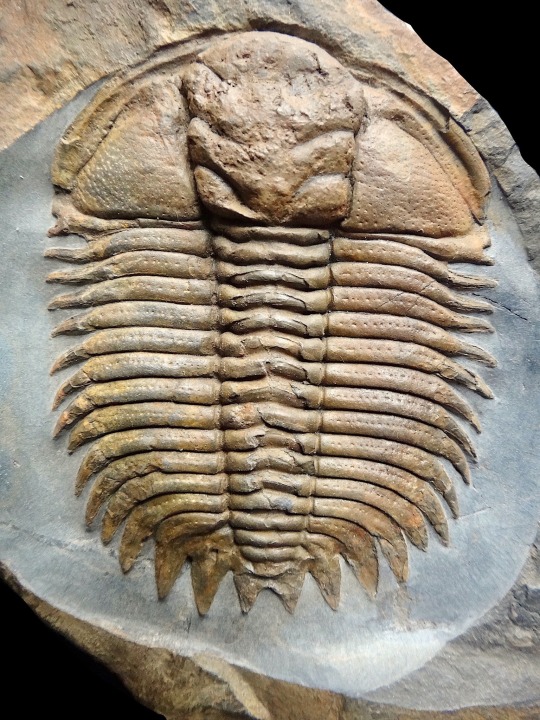
It’s Trilobite Tuesday! Three distinct species of trilobite from the genus Placoparina can be found in rugged, 440-million-year-old exposures around the Welsh town of Builth Wells. Complete specimens of these Ordovician trilobites—which can exceed 3 in (7.6 cm) in length—are often well-preserved and have been highly sought after for more than 150 years.
567 notes
·
View notes
Text

Imagine a pinecone as heavy as a bowling ball and the size of a chihuahua. Believe it or not, such pinecones exist—and they belong to the coulter pine (Pinus coulteri), a conifer that can be found in parts of North America including California and Mexico. Infamous among loggers and foresters, this tree is nicknamed "the widowmaker" because of the unlucky individuals who met their fate as a result of its falling pinecones. This species produces the largest pinecones on the planet, weighing up to 11 lbs (5 kg)!
Photo: damontighe, CC BY-NC 4.0, iNaturalist
4K notes
·
View notes
Text
"So what are some guiding principles for a more natural front-yard lawn conversion that, in a few small ways (that admittedly often feel feeble and fruitless), extends an olive branch to the monoculture, resource-intensive, dominant suburban culture?
A limited plant palate based on square footage. The smaller the space, the smaller the species list should be so as not to visually overwhelm.
A cohesive, single-hued green base layer, groundcover or matrix that ties the space together like a lawn might. This is colour theory 101.
Always have one to three forb species in bloom at one time – and no more. Again, the smaller the space, the more this is important.
No herbaceous perennial or annual plants taller than three to four feet (roughly a metre).
Taller plants in the middle or back of beds. Nothing tall within four feet (1.2 m) of the sidewalk.
Employ cues to care that help show intention and access: paths, benches, sculpture, bird bath, arbours, metal edging, a sign, etc.
Don't use aggressive species. Research your plants to carefully match the site AND one another in the larger plant community.
Arrange seasonal flowering plants in repeating masses and drifts. Repetition is pleasing to the eye and helps show cohesion. Massing also creates a bigger beacon and reduces energy expenditure for pollinators. "
...
Again, ANY landscape that isn't clipped lawn will be an affront, but we have to do better as advocates for change. None of the above bullet points will reduce the ecosystem services we urge for as wildlife gardeners conscious of climate change and mass extinction. However, just letting plants ramble about, get tall, flop into sidewalks – and appear totally dishevelled and out of control while blocking sight lines – is a detriment to what we hope to achieve as we work for equity among all species by encouraging neighbours to rethink lawn monocultures.
Soon enough water restrictions will force the issue, especially in the West and Plains where we're writing to you from. At some point – even our local weed control officials admit – we won't be able to have the traditional lawns we have now.
In the meantime, it behooves us to design AND MANAGE spaces with intention, knowing the plants and tending the space as a new kind of gardener – not a gardener who applies herbicides or annual mulch applications or fertilizers that pollute waterways, but a gardener who learns plants and maintains a sensible balance of design and activism for a healthier future."
314 notes
·
View notes
Text
7/9/23

Senior Market Checks in WA state switched to a card system.
Many vendors are scrambling to get card readers. Only one vendor in our market has a card reader.
Everyone else has been contacting the SFMN program asking for card readers.
11 notes
·
View notes
